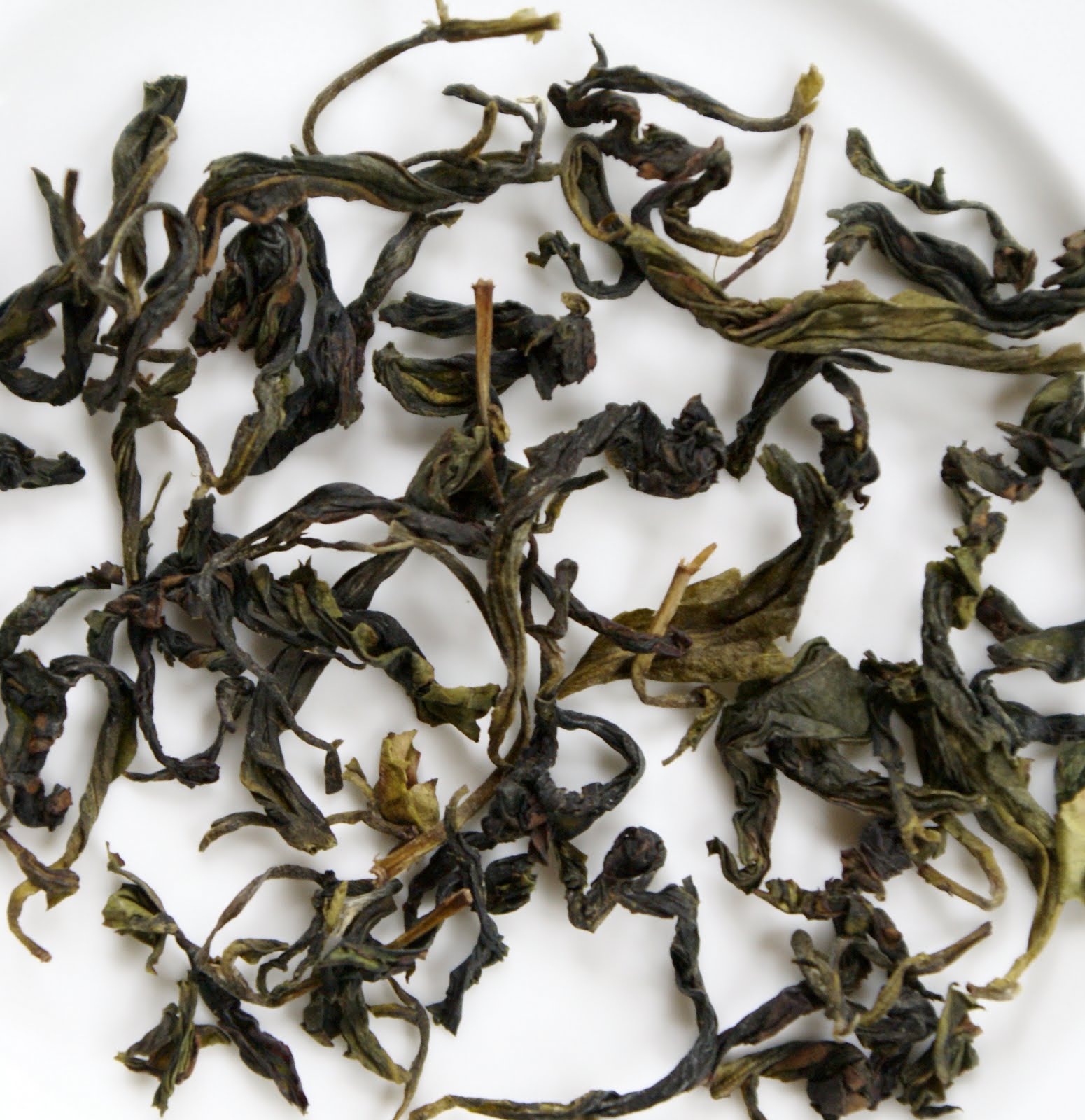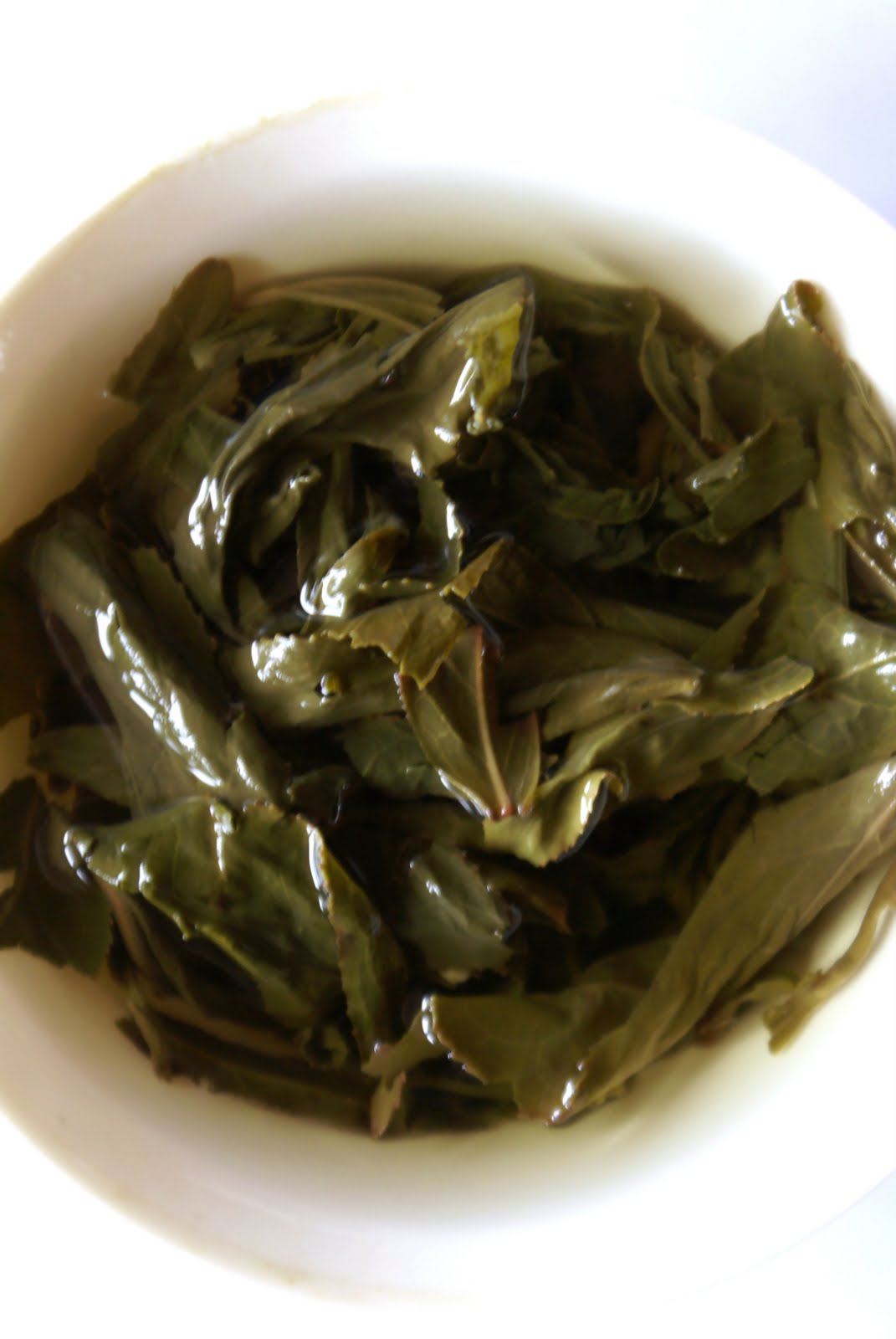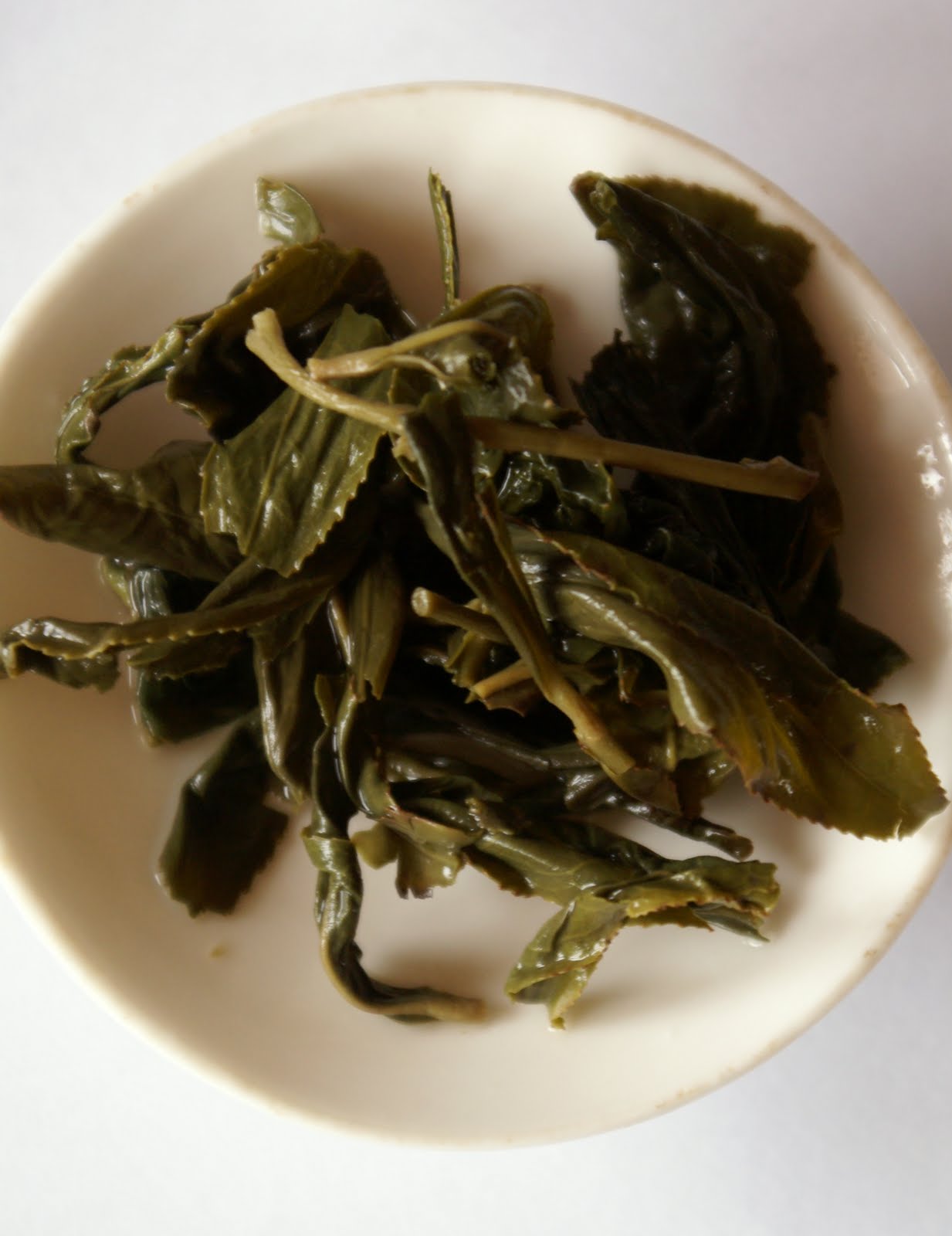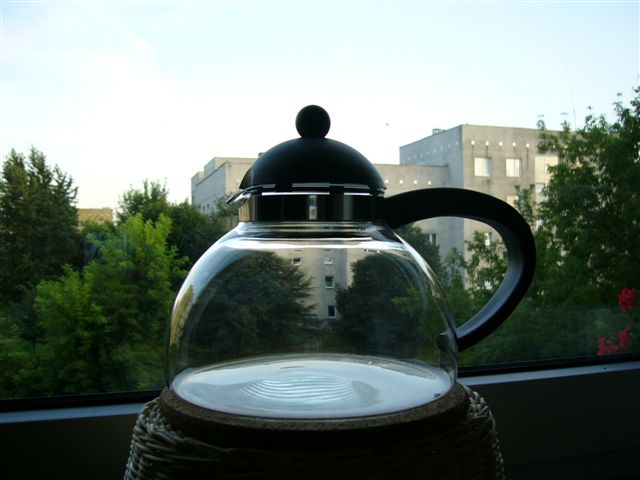2009 Semi-Wild Tree Baozhong
A truly interesting tea, and kept affordable at 22€ / 100g (but quantities are limited and this is now sold out).
The 2008 Young Tree Baozhong is another interesting variation on the theme. Here, atypically, the virgin leaves or very young trees are processed unblended, and the dry material includes a large proportion of stems which, according to Tea Masters, increases the sweetness and mouthfeel of the tea. Stylistically this comes midway between the two Baozhongs mentioned above, with the intense upfront florality of the Fleur de Lys but also the extra depth and dimension of the Semi-Wild Tree. This tea really packs in quite some punch and should be brewed light accordingly. (Failure to do so results in a dark-coloured, honeyed, somewhat ‘stewed’ taste). A tea with plenty of presence and striking purity, this really rises majestically above the Baozhong average, and is a real grand cru.








 Looking at the wet leaves, it’s no surprise this tea is so good. The roast has been really virtuosic as many leaves are still dark green in colour (have a closer look at the twisted leaf to the far right of the photo below). And for their age, they are really impressively intact. On top of it, it’s a really inexpensive tea for its age (40€ / 100g). Dear Stéphane, I truly hope you can source some more!
Looking at the wet leaves, it’s no surprise this tea is so good. The roast has been really virtuosic as many leaves are still dark green in colour (have a closer look at the twisted leaf to the far right of the photo below). And for their age, they are really impressively intact. On top of it, it’s a really inexpensive tea for its age (40€ / 100g). Dear Stéphane, I truly hope you can source some more!